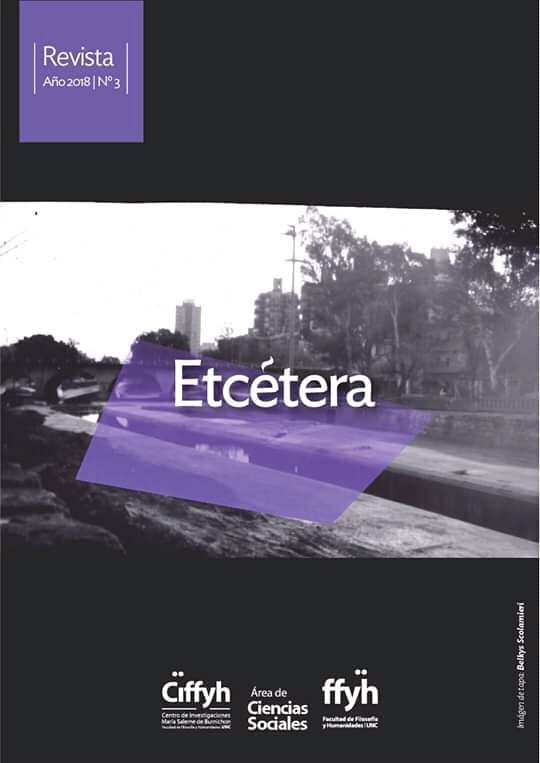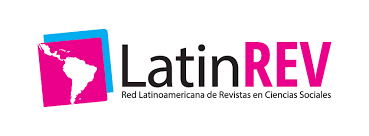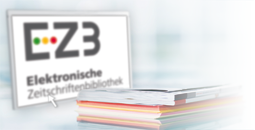Rotten Eggs and the Universe: Heterodox Methods of Science Communication
Keywords:
communication, science, sensesAbstract
Science communication has focused on delivering information through the senses of sight and hearing. Using more senses allows for unconventional outreach; the use of the sense of touch, smell or taste, help people retain a higher percentage of the received information, allows citizens with a physical disability to have activities tailored to their needs, or they create multidisciplinary synergies together with the arts. In these paper we describe different innovative and unconventional activities related with communicating astronomy.Downloads
References
Belloche, A.; Garrod, R. T.; Müller, H. S. P.; Menten, K. M.; Comito, C., y Schilke, P. (2009). “Increased complexity in interstellar chemistry: detection and chemical modeling of ethyl formate and n-propyl cyanide in Sgr B2(N)”. En: Astronomy & Astrophysics, Nº 409, pp. 215-232. Ithaca: Cornell University Library.
Belloche, A.; Menten, K. M.; Comito, C.; Müller, H. S. P; Schilke, P.; Ott, J.; Thorwirth, S., y Hieret, C. (2008). “Detection of amino acetonitrile in Sgr B2(N)”. En: Astronomy & Astrophysics, Nº 482, pp. 179-196. Ithaca: Cornell University Library.
Bohannon, J. (2016). “And the winner of this year’s Dance Your Ph.D. contest is…”. En: Science. En línea: https://www.sciencemag.org/news/2016/10/and-winner-year-s-dance-your-phd-contest. Consultado en octubre de 2018.
Cohen, B. (1981). “The fear and distrust of science in historical perspective”. En: Science, Technology & Human Values, Nº 6 (36), pp. 20-24. California: SAGE. En línea: https://www.jstor.org/stable/689095?seq=1#metadata_info_tab_contents.
Dayé, C., y de Campo, A. (2013). “Sounds sequential: sonification in the social sciences”. En: Interdisciplinary Science Reviews, Vº 31, Nº 4, pp. 349-364. Londres: Tylor & Francis.
de Leo-Winkler, M. A.; Wilson, G.; Green, W.; Chute, L.; Henderson, E., y Mitchell, T. (2018). “The vibrating universe: Astronomy for the deaf”. En: Journal of Science Education and Technology. Reino Unido: Springer. En prensa.
de Leo-Winkler, M. A.; Wilson, G., y Simpson, S. L. (2018). “Sensing the universe: outreach activities for inclusion”. En: Agata, H.; Cheung, S.; Daou, D.; Gay, P.; Hayashi, S.; Karino, S.; Molina, C.; Russo, P.; Sandu, O.; Yaji, K., y Yamaoika, H. (orgs.), Communicating Astronomy with the Public Conference 2018, pp. 303-305. Fukuoka: International Astronomical Union. En línea: https://www.communicatingastronomy.org/about/.
Díaz-Merced, W. L.; Candey, R. M.; Brickhouse, N.; Schneps, M.; Mannone, J. C.; Brewster, S., y Kolenberg, K. (2011). “Sonification of astronomical data”. En: Griffin, R. E. M.; Hanisch, R. J., y Seaman, R. (comps.), Proceedings IAU Symposium Nº 285, pp. 133-136. Reino Unido: Cambridge University Press. En línea: http://www.academia.edu/25317231/Sonification_of_Astronomical_Data.
Dowell, E., y Weitkamp, E. (2011). “An exploration of the collaborative processes of making theatre inspired by science”. En: Public Understanding of Science, Nº 21(7), pp. 891-901. California: SAGE. En línea: http://journals.sagepub.com/doi/10.1177/0963662510394278#articleCitationDownloadContainer Consultado en octubre 2018.
Eldred, S. M. (2016). “Art-science collaborations: change of perspective”. En: Nature, Nº 537, pp. 125-126. Londres : Nature Publishing Group. En línea: https://www.nature.com/nature/journal/v537/n7618/full/nj7618-125a.html.
Flowers, J. H.; Whitwer, L. E.; Gravel, D. C., y Kotan, C. A. (2001). “Sonification of daily weather records: issues of perception, attention and memory in design choices”. En: Proceedings of the 2001 International Conference on Auditory Display, pp. 222-226. Espoo: University of Nebraska-Lincoln. En línea: http://digitalcommons.unl.edu/cgi/viewcontent.cgi?article=1431&context=psychfacpub.
Kabat, G. C. (2017). “Taking distrust of science seriously”. En: EMBO Rep., Nº 18 (7), pp. 1052-1055. Nueva York: Guilford Press. En línea: https://www.ncbi.nlm.nih.gov/pmc/articles/PMC5494502/.
Ophir, E.; Nass, C., y Wagner, A. D. (2009). “Cognitive control in media multitaskers”. En: PNAS, Nº 106 (37), pp. 15583-15587. Washington: United States National Academy of Sciences. En línea: http://www.pnas.org/content/106/37/15583.
Rosen, L. D.; Lim, A. F.; Carrier, L. M., y Cheever, N. A. (2011). “An empirical examination of the educational impact of text message-induced task switching in the classroom: educational implications and strategies to enhance learning”. En: Psicología Educativa, Nº 17 (2), pp. 163-177. Madrid: Colegio Oficial de Psicólogos de Madrid. En línea: https://www.psychologytoday.com/sites/default/files/attachments/40095/anempiricalexaminationoftheeducationalimpactoftextmessageinducedtaskswitchingintheclassroom-educati.pdf. Consultado en octubre 2018.
Sandu, O., y Christensen, L. L., (2011). “Outrageous outreach - unconventional ways of communicating science”. En: CAP Journal, Vº 11, pp. 22-30. París: IAU. En línea: https://www.communicatingastronomy.org/old/cap2011/presentations/sandu_article.pdf. Consultado en octubre 2018.
Schwartz, B. (2014). “Communicating science through the performing arts”. En: Interdisciplinary Science Reviews, Nº 39 (3), pp. 275-289. Londres: Tylor & Francis.
Wasserman, S., y Young, M. F. (2013). “The great immensity: a theatrical approach to climate change”. En: Curator. The Museum Journal, Nº 56 (1), pp. 79-86. California: Wiley-Blackwell y California Academy of Sciences. En línea: https://onlinelibrary.wiley.com/doi/epdf/10.1111/cura.12008.
Downloads
Published
Issue
Section
License
Aquellos autores/as que tengan publicaciones con esta revista, aceptan los términos siguientes:
- Los autores/as conservarán sus derechos de autor y garantizarán a la revista el derecho de primera publicación de su obra, el cuál estará simultáneamente sujeto a la Licencia de reconocimiento de Creative Commons que permite compartir, copiar, distribuir, ejecutar y comunicar públicamente la obra, siempre que: 1) se cite la autoría y la fuente original de su publicación (revista, editorial y URL de la obra); 2) no se use para fines comerciales; 3) En caso que se transforme o genere una obra derivada a partir de esta obra, deberá compartise bajo las mismas condiciones establecidas por esta licencia.
- Los autores/as podrán adoptar otros acuerdos de licencia no exclusiva de distribución de la versión de la obra publicada (p. ej.: depositarla en un archivo telemático institucional o publicarla en un volumen monográfico) siempre que se indique la publicación inicial en esta revista.
- Se permite y recomienda a los autores/as difundir su obra a través de Internet (p. ej.: en archivos telemáticos institucionales o en su página web) luego de la publicacion del articulo, lo cual puede producir intercambios interesantes y aumentar las citas de la obra publicada. (Véase El efecto del acceso abierto).
- El titular del copyright es Etcétera. Revista del Área de Ciencias Sociales del CIFFyH.



















